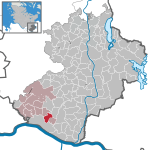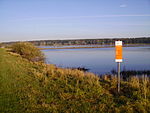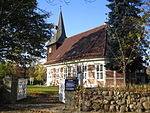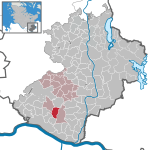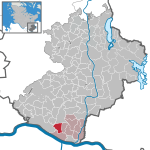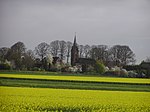Krümmel Nuclear Power Plant
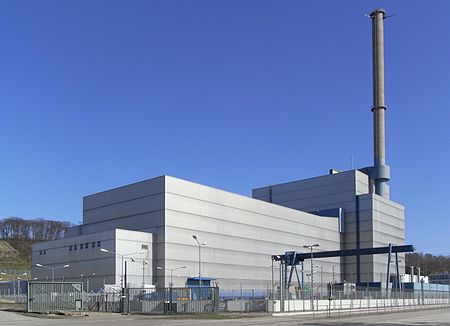
Krümmel Nuclear Power Plant is a German nuclear power plant in Geesthacht, Schleswig-Holstein, near Hamburg. It was taken into operation in 1983 and is owned 50% by Vattenfall via Vattenfall Europe Nuclear Energy GmbH and 50% by E.ON, and operated by the Swedish Vattenfall. Its gross power production is 1,401 MW, using a boiling water reactor. The reactor was the world's second largest of its type in commercial operation. It is nearly identical to three other German nuclear reactors, namely Brunsbüttel Nuclear Power Plant (near Hamburg), Philippsburg Nuclear Power Plant Block 1 and Isar Nuclear Power Plant Block 1, as well as the Austrian Zwentendorf Nuclear Power Plant, that never went into service.Since July 4, 2009, after the reactor is not running, and since 2011 it is definitely shutdown due to popular demand. (Atomausstieg).
Excerpt from the Wikipedia article Krümmel Nuclear Power Plant (License: CC BY-SA 3.0, Authors, Images).Krümmel Nuclear Power Plant
Elbuferstraße,
Geographical coordinates (GPS) Address Nearby Places Show on map
Geographical coordinates (GPS)
| Latitude | Longitude |
|---|---|
| N 53.41 ° | E 10.408888888889 ° |
Address
Elbuferstraße
21502 , Krümmel
Schleswig-Holstein, Germany
Open on Google Maps

